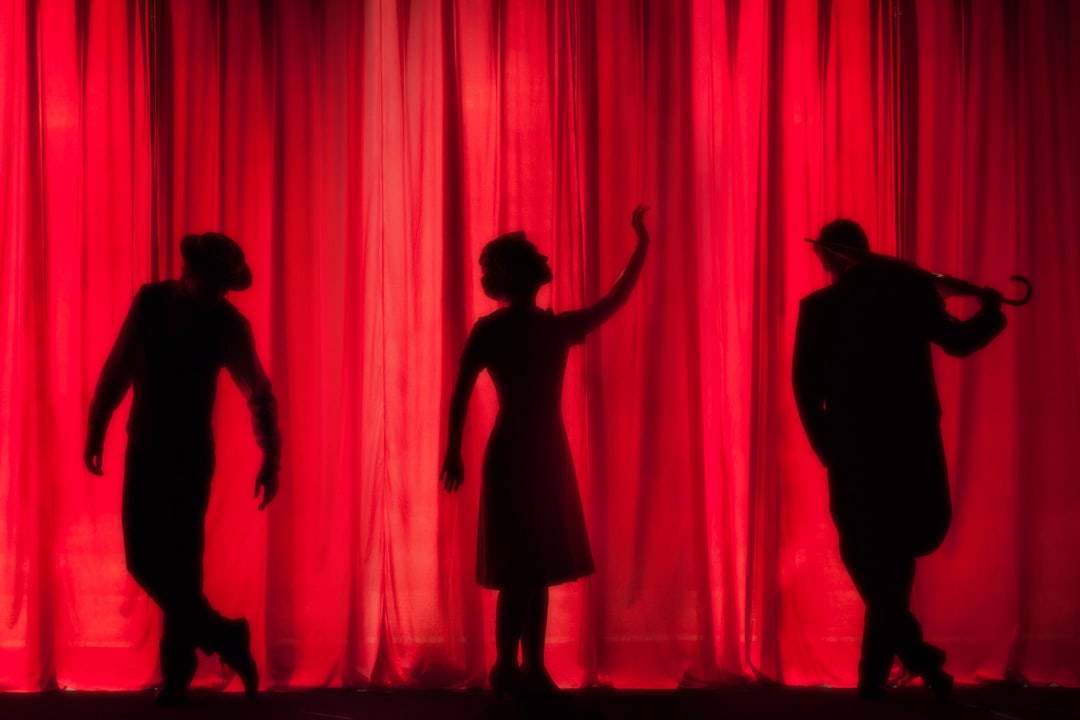In the past, special effects in the arts and entertainment were very basic and limited. However, with the advancement of technology, special effects have become more and more advanced, making it possible to create realistic and amazing illusions. This has allowed for greater creativity and expression in art and entertainment and has led to the development of special effects make-up programs.
The field of special effects in the arts and entertainment has come a long way over the years. What once started out as basic illusions and makeup tricks, has now evolved into a sophisticated and complex art form. Special effects artists are now able to create realistic and believable worlds and characters that completely immerse the viewer into the story. From the early days of silent movies to the present, the art and entertainment industry has relied heavily on special effects to create illusions and bring stories to life on the big screen. While the techniques used have evolved over the years, the goal has always been the same: to make the viewer feel as though they are a part of the story.
Special Effects in Theatre

Some of the earliest examples of special effects in art and entertainment can be found in the theater. In the early 1800s, theater productions were heavily reliant on stage illusions and special effects makeup to create the desired effect. One of the most famous stage magicians of that time was Jean-Eugène Robert-Houdin, who is credited with creating some of the earliest special effects illusions, including the Disappearing Lady illusion.
Motion Picture Special Effects
In the late 1800s and early 1900s, the field of motion pictures began to emerge, and with it came the need for more sophisticated special effects. One of the earliest pioneers in motion picture special effects was Georges Méliès, who is credited with creating some of the first movie special effects, including the stop-motion animation technique.
With the advent of sound films in the late 1920s, the need for even more sophisticated special effects grew. This led to the development of new techniques such as miniatures, matte paintings, and chroma key compositing. One of the most famous examples of early sound film special effects is the 1933 movie King Kong, which featured groundbreaking visual effects that were years ahead of their time.
The Introduction of Computer Special Effects
In the years following World War II, the field of special effects continued to evolve, with the development of new technologies such as optical printers, animation cameras, and computer graphics. This led to the creation of some of the most iconic movies of all time, including Star Wars, Jurassic Park, and The Lord of the Rings.
In the 1950s, special effects began to be created with the use of computers. For example, in the movie WarGames (1983), the computer-generated images were created by filming a model of the computer and then photographing it from different angles. In the 1990s, digital effects began to be used to create more realistic images. For example, in the movie The Matrix (1999), the character Neo was played by Keanu Reeves, but his likeness was created using a computer-generated image.
Today, the field of special effects is more advanced than ever and continues to evolve at a rapid pace. Special effects artists are now able to create realistic worlds and characters that are more believable than ever before. This has led to a new era of cinema, where the line between reality and fiction is becoming increasingly blurred.
Working in Special Effects
There are a few different ways you can get into special effects work. You can go to school for it, you can work your way up through the ranks, or you can start your own company. If you want to pursue a career in special effects, there are a few different schools that offer special effects programs. Check out a special effects make-up program that best fits your interests.
Another way to get into the special effects industry is to work your way up through the ranks. There are a lot of companies that offer special effects services, and many of them are always looking for new talent. You can also start your own company to get your foot in the door, but it can also be a lot of work. If you’re up for the challenge, starting your own company can be a great way to get into the special effects industry.






